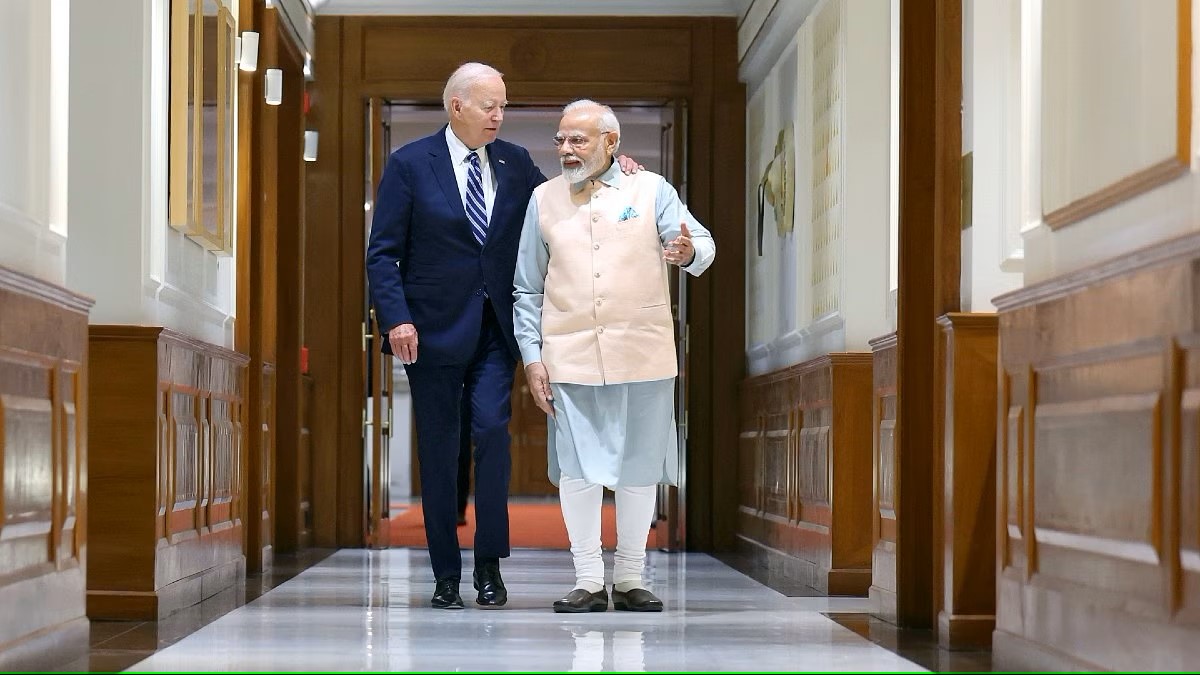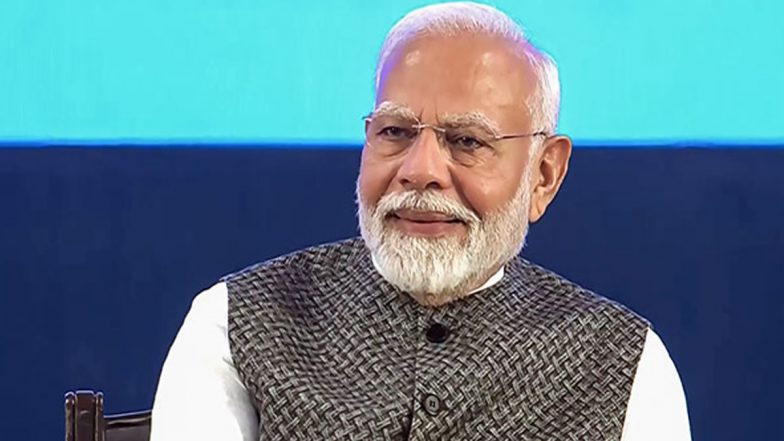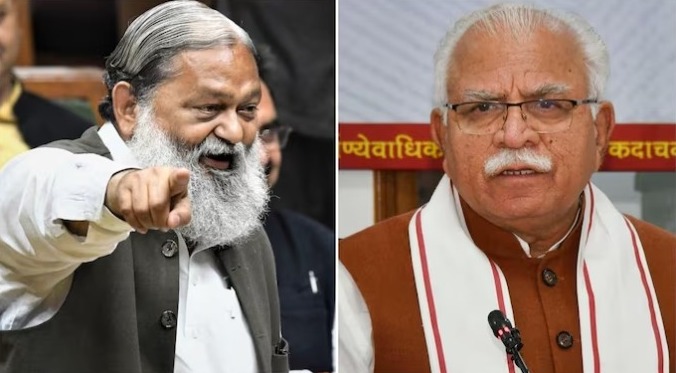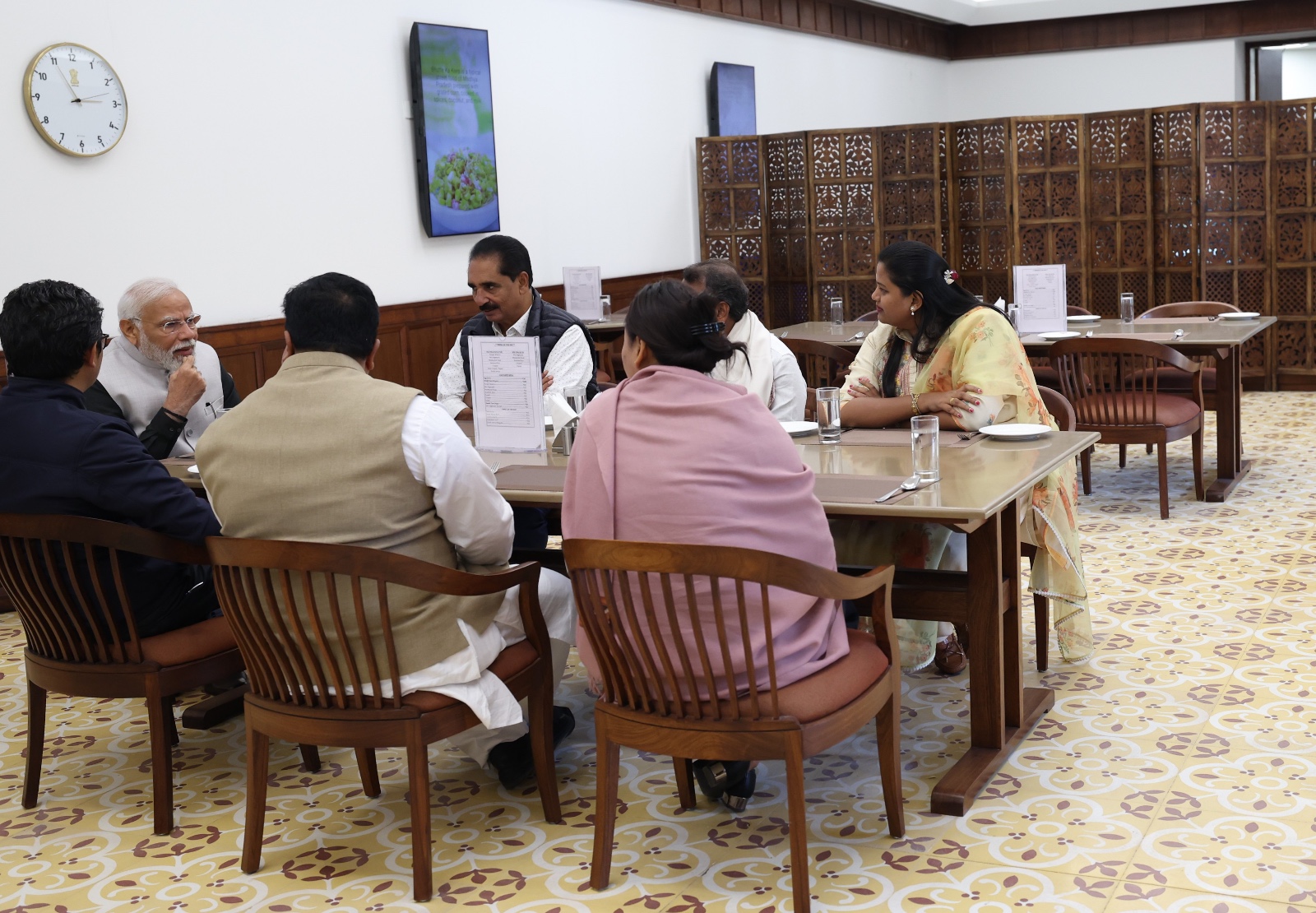The proposed drone deal between the US and India, involving the acquisition of MQ-9B Predator drones by India, has become a focal point in the evolving strategic partnership between the two nations. While the US State Department exudes optimism about its potential to solidify ties and bolster regional security, the deal’s path to fruition remains clouded by uncertainties surrounding Congressional approval. Understanding the deal’s strategic significance, potential roadblocks, and broader implications is crucial in assessing its impact on the global stage.
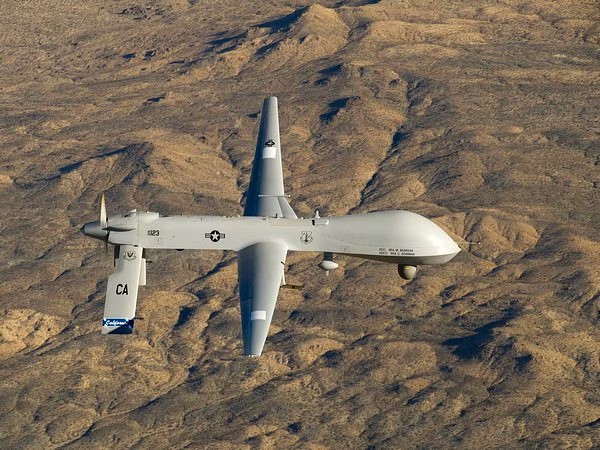 Washington: The proposed drone deal, announced during Prime Minister Modi’s 2023 US visit signifies a pivotal moment in the burgeoning US-India defence partnership. This partnership, witnessing substantial growth over the past decade, has transcended mere arms sales to encompass joint exercises, technology sharing, and coordinated regional operations. As highlighted by spokesperson Matthew Miller, the drone deal embodies this spirit of collaboration, aiming to “further advance strategic technology cooperation with India and military cooperation in the region.”
Washington: The proposed drone deal, announced during Prime Minister Modi’s 2023 US visit signifies a pivotal moment in the burgeoning US-India defence partnership. This partnership, witnessing substantial growth over the past decade, has transcended mere arms sales to encompass joint exercises, technology sharing, and coordinated regional operations. As highlighted by spokesperson Matthew Miller, the drone deal embodies this spirit of collaboration, aiming to “further advance strategic technology cooperation with India and military cooperation in the region.”
The acquisition of these advanced drones, renowned for their long-range surveillance and strike capabilities, carries strategic implications for both nations. The drones would be a game-changer for India, bolstering border security, particularly along the contested Himalayan frontier with China. Real-time intelligence gathering and potential strike capabilities would significantly enhance India’s defensive posture. For the US, the deal serves as a strategic counterweight to China’s growing influence in the Indo-Pacific region, aligning with its objective of strengthening partnerships with key regional players. Additionally, it opens doors for joint technology development and collaborative operations, fostering a deeper strategic understanding between the two nations.
Despite the shared enthusiasm, the deal faces a critical hurdle – the US Congress. As Miller aptly pointed out, Congress plays a “vital role” in arms transfers, and their approval remains essential. Ongoing consultations with foreign affairs committees indicate potential concerns or questions that need to be addressed before formal notification. The deal’s size, military applications, and potential human rights implications associated with armed drone use could trigger scrutiny from lawmakers. Successfully navigating this approval process necessitates transparent communication, addressing concerns effectively, and demonstrating the deal’s alignment with broader US strategic objectives in the region.
The drone deal, while significant, is merely one piece of the larger puzzle of US-India strategic convergence. Recent agreements, such as allowing American warships repairs at Indian shipyards and expanded naval cooperation, highlight a shared commitment to regional stability. However, challenges persist. Balancing competing interests with other regional powers, navigating disagreements on issues like maritime freedom of navigation, and ensuring regional stability remain crucial aspects to consider.

